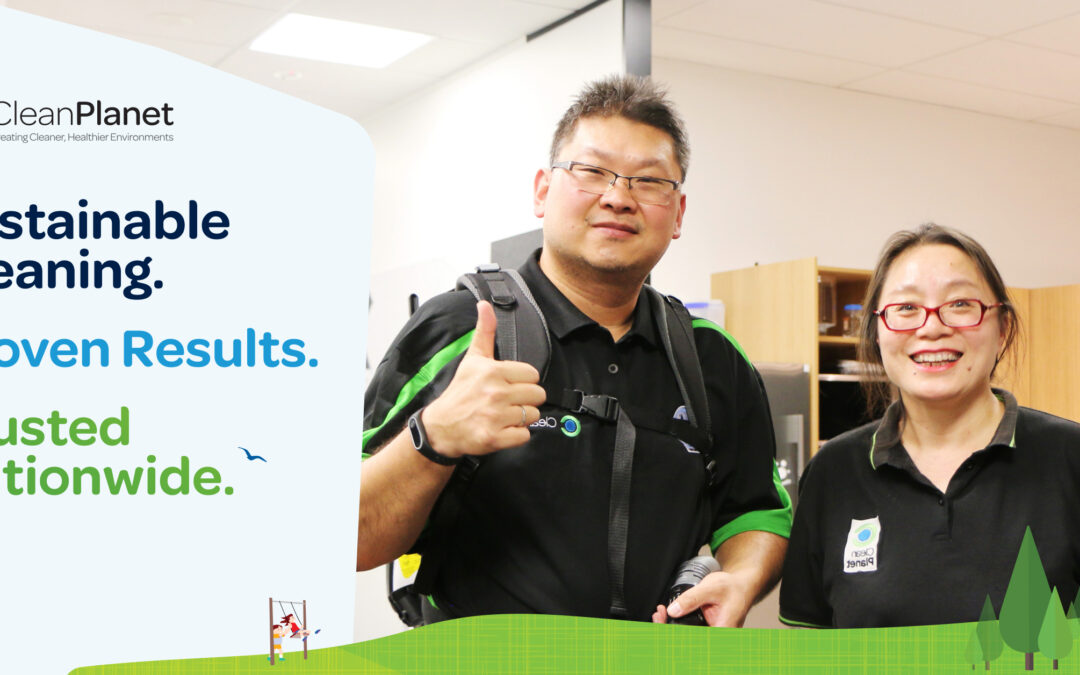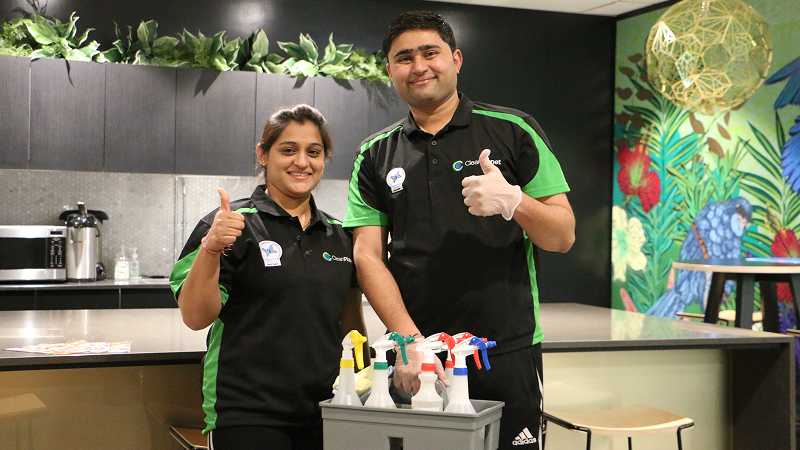Solar power is growing all over the world, and that includes the United States. However, while we have more solar power than ever before, estimates are that we would need to cover roughly four to six percent of the land in the U.S. with solar panels in order to meet all of our power needs from nothing more than the sun. That includes transportation. However, cities and roads only account for about 3.6 percent of U.S. landmass… so even if we did put solar panels on every road, and every rooftop, that wouldn’t get us into a position where we could power the country entirely on solar power (though it’s very possible the deficit could be made up with other sources of energy, such as hydroelectric power, offshore wind turbines, tidal generators, etc.).
However, roughly 54 percent of the land in the U.S. is dedicated to agricultural purposes. What if all that land could be used to generate power, while simultaneously growing out food? According to Forbes, that day might not be that far off.
Turning Farms Into Utilities
Imagine, for a moment, a farm that had clear solar panels built over the crops. The visible light still shines through, nourishing the plants, but the panels suck out something the crops don’t need… infrared radiation. The infrared wavelengths are absorbed, and used to generate electricity, which allows farmland to pull double duty. This could make farms largely self-sufficient (which is a huge benefit for farmers contemplating going green), and if taken further it would turn farms into utility generation spots. The sheer amount of energy they could produce would easily cover the U.S. need for electricity, and then some.
If, that is, the panels were adopted en masse. But even if only a fraction of farmland used these panels, that would be more energy than most people would know what to do with. Assuming the infrared solar panels currently in the experimental phase do what their creators hope they will. At that point, we can expect to see a whole new kind of solar boom.









